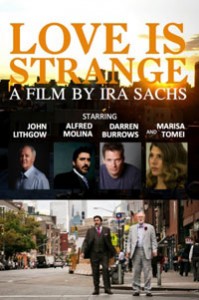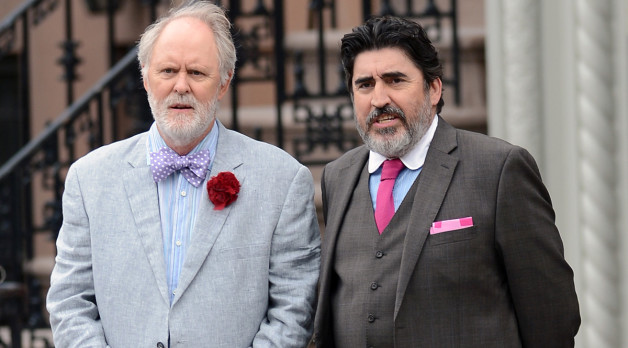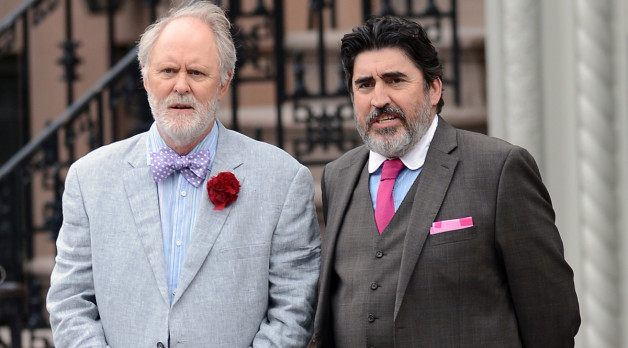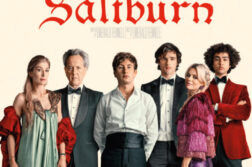 Love Is Strange
Love Is Strange
Directed by Ira Sachs
WITH MARRIAGE equality on the march in the U.S., the topic of gay marriage has become more prevalent in gay and lesbian cinema. Offering a new take on this issue is independent filmmaker Ira Sachs, whose 2012 drama Keep the Lights On depicts the decade-long relationship between a closeted lawyer and the sexually liberated man with whom he falls in love. Now Sachs returns with the more light-hearted Love Is Strange, starring John Lithgow, Alfred Molina, and Marisa Tomei, about two men in their golden years who, after finally tying the knot, suddenly have their relationship thrown out of balance by a temporary separation.

The film, which premiered at Sundance* early this year
* And most recently at the Provincetown International Film Festival in June.
Ziyad Saadi is a writer and filmmaker based in New York City.







